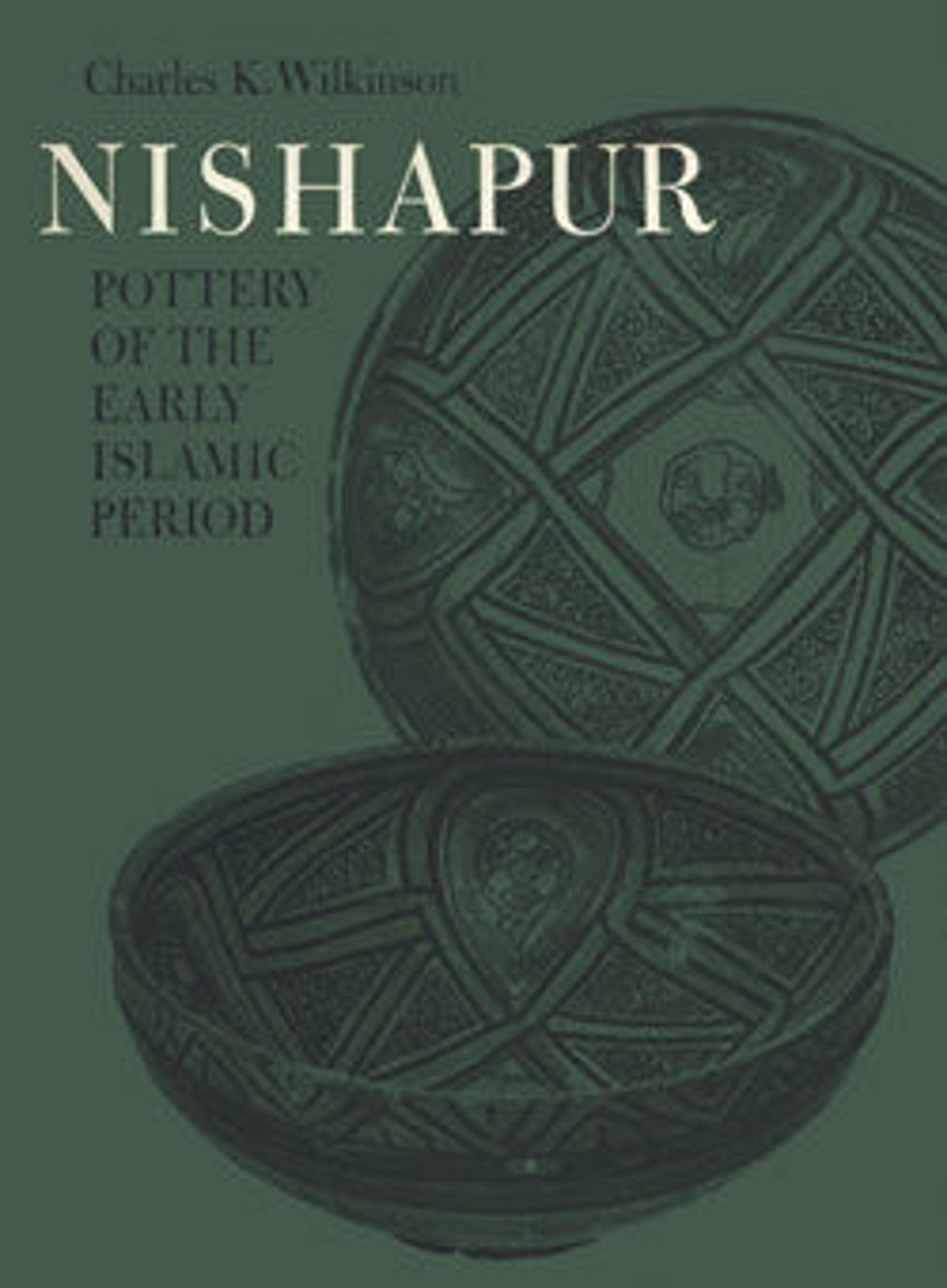Lamp
This small oil lamp represents the most common type of ceramic lamp found during the Metropolitan Museum’s excavations at Nishapur. Its characteristics include a rounded body with a ring-shaped handle and an elongated "spout" used to hold the wick. With the introduction of the firmer stonepaste ceramic fabric in the late eleventh century, the pinching of the spouts of these lamps becomes more pronounced. This lamp type is also attested in metal and has been found at sites throughout northeastern Iran. The popularity of this shape archaeologically distinguishes the Iranian plateau from Mesopotamia, Khuzistan and Syria, where the antique "slipper lamp" and an open, bowl-shaped form predominate in both ceramic and metal lamps.
Research suggests that in the Islamic world, the first experimentations with technologies related to stonepaste occurred in ninth-century Iraq where quartz-based slips were applied to the surfaces of lead-glazed earthenware vessels. True stonepaste was probably perfected in Egypt during the tenth and eleventh centuries and then spread to Syria and Iran where it flourished at multiple centers of production.
Research suggests that in the Islamic world, the first experimentations with technologies related to stonepaste occurred in ninth-century Iraq where quartz-based slips were applied to the surfaces of lead-glazed earthenware vessels. True stonepaste was probably perfected in Egypt during the tenth and eleventh centuries and then spread to Syria and Iran where it flourished at multiple centers of production.
Artwork Details
- Title: Lamp
- Date: 10th–11th century
- Geography: Excavated in Iran, Nishapur
- Medium: Stonepaste; monochrome glazed
- Dimensions: H. 1 1/4 in. (3.2 cm)
W. 2 3/8 in. (6 cm)
L. 3 1/8 in. (7.9 cm) - Classification: Ceramics
- Credit Line: Rogers Fund, 1938
- Object Number: 38.40.126
- Curatorial Department: Islamic Art
More Artwork
Research Resources
The Met provides unparalleled resources for research and welcomes an international community of students and scholars. The Met's Open Access API is where creators and researchers can connect to the The Met collection. Open Access data and public domain images are available for unrestricted commercial and noncommercial use without permission or fee.
To request images under copyright and other restrictions, please use this Image Request form.
Feedback
We continue to research and examine historical and cultural context for objects in The Met collection. If you have comments or questions about this object record, please complete and submit this form. The Museum looks forward to receiving your comments.
